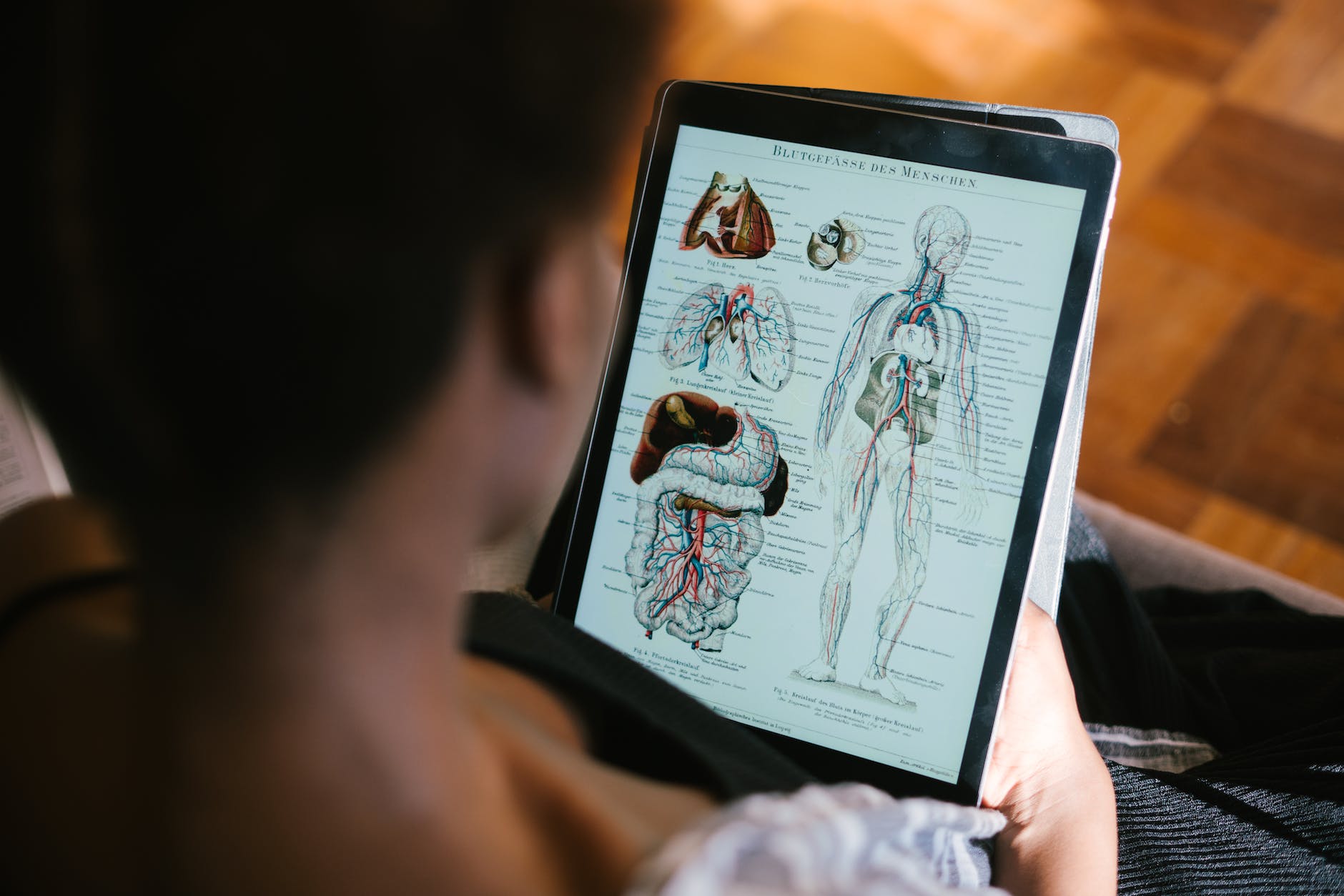
Due to the nature of the subject teaching of anatomy requires a different approach than most other subjects. It is after all a blueprint to the human body and conveying the 3D structure in a way that will be easy to comprehend and visualize cannot be done by reading a wall of text. It is for this reason that active and engaging learning strategies must be used as an effective teaching tool in anatomy.
Among these strategies, anatomical dissections have long been considered a milestone of medical education and for many millennia has been considered as a rite of passage for all medical students. The experience students can gain regarding the complex and fascinating beauty of the human body by exploring every inch by themselves is unparalleled. This is in addition to the hours instructors may spend encouraging students to stay soaking in formalin; in order to dissect the lower limb taking extra care to go layer by layer to see the great saphenous vein, only to see them dissect the very thing they were trying to find; and then to use that as a teaching opportunity not only regarding anatomy, but also as to how delicate the human body is. For one day these students would be trusted with a scalpel near a live person.
However, limitations on curricular time, trained teaching staff, ability to source cadavers, have led many medical schools to abandon dissection-based instruction in favor of alternative methods.
In order to overcome these challenges and maintain the quality of medical education, institutions must combine multiple resources to complement one another. Students appear to learn more effectively when multiple approaches are integrated. When teaching medical students, full body dissection would be best reserved, especially in resource limited settings for those with surgical career intentions, while alternatives can be provided to those who wish to pursue non-surgical careers after graduating medical school.
Based on current evidence, computer-assisted and 3D printing technologies, web-based applications, integration of imaging tools, video learning tools, medical education online have all been well implemented in helping students to take an active role in learning and using their own creative processes and intelligence.
Accessibility to these teaching strategies should also be considered. Many students already use smartphone applications as part of their anatomy learning. Therefore, use of smartphones and other similar devices provides opportunities to effectively teach most students.
As we are still breaking new ground on the effectiveness and evaluation of novel active and engaging learning strategies in anatomy teaching, further research to assess the effectiveness of each modality would provide a better approach to teaching anatomy.
===
Shakya Weeraratne is a final year medical student in Sri Lanka.
References
Singh, K., Bharatha, A., Sa, B. et al. Teaching anatomy using an active and engaging learning strategy. BMC Med Educ 19, 149 (2019). https://doi.org/10.1186/s12909-019-1590-2
Smith CF, Freeman SK, Heylings D, Finn GM, Davies DC. Anatomy education for medical students in the United Kingdom and Republic of Ireland in 2019: A 20-year follow-up. Anat Sci Educ. 2021 Jul 27. doi: 10.1002/ase.2126. Epub ahead of print. PMID: 34314569.
Estai M, Bunt S. Best teaching practices in anatomy education: A critical review. Ann Anat. 2016 Nov;208:151-157. doi: 10.1016/j.aanat.2016.02.010. Epub 2016 Mar 17. PMID: 26996541.
Papa V, Vaccarezza M. Teaching anatomy in the XXI century: new aspects and pitfalls. ScientificWorldJournal. 2013 Nov 7;2013:310348. doi: 10.1155/2013/310348. PMID: 24367240; PMCID: PMC3842041.
Interested in teaching medical literacy pain free? Shop medical literacy resources!
You may also be interested in the following:
A to Z Medical Literacy: Book of Findable Anatomy
The Benefits of Introducing Medical Literacy on Anatomy in Grade 1
The Importance of Early Medical Literacy on Anatomy from Grade 1
Formalin sessions or 3D apps: Teaching anatomy in the modern age

